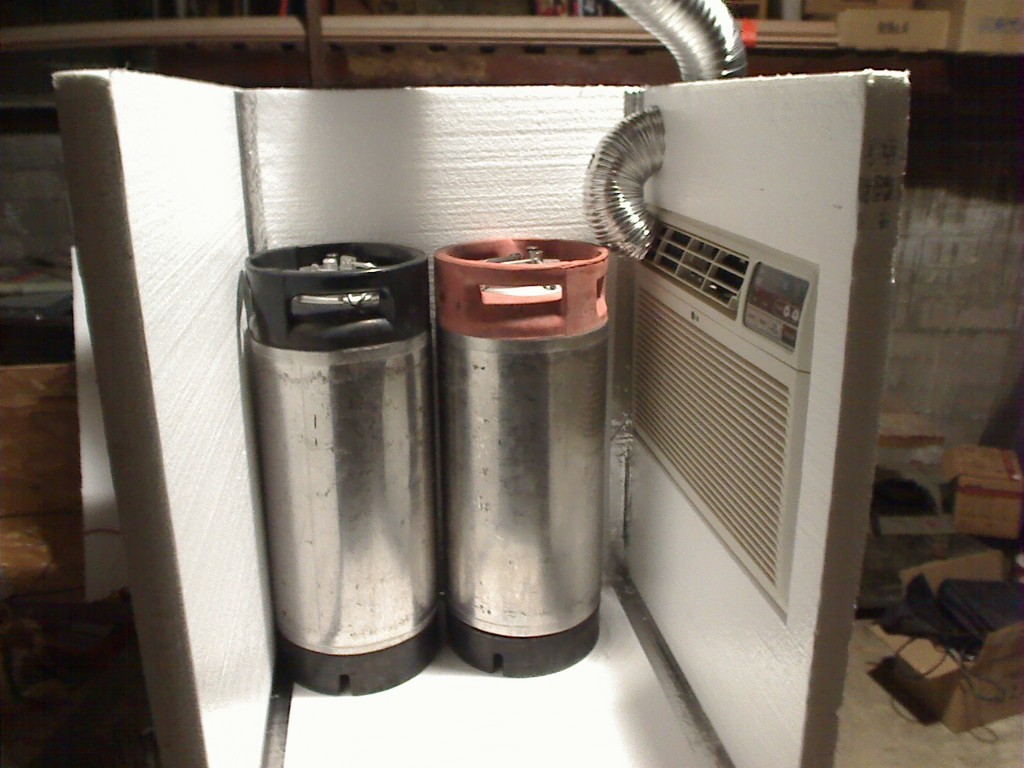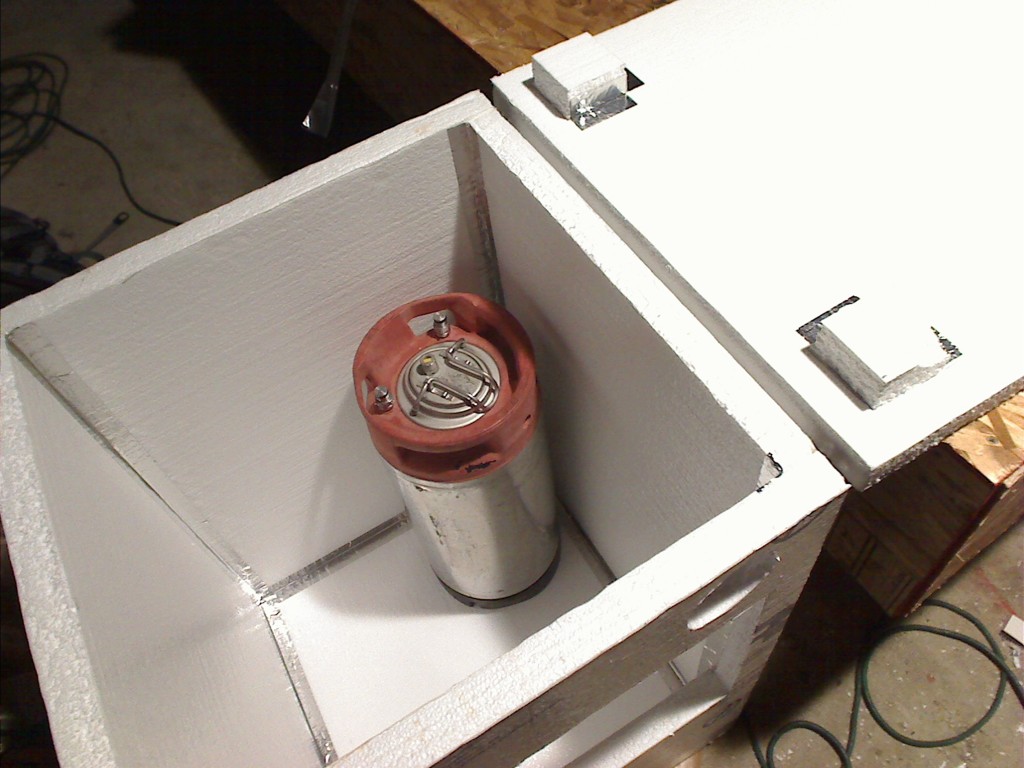After showing interest in trying this out for some time I finally decided on going for it. Â I decided on going half in with my friend Mike on the Starter Kit #2 from www.homebrewmart.com. Â Since we both live close by, we went to the retail location. Â The added benefit of going there was that they have a Ballast Point tasting/growler fill-up in the store. Â Nothing better than tasting some beer and filling up a half gallon of some local brew to assist in the brewing process!
To get started we chose the Pale Ale recipe that comes with the kit. Â While some may consider a beer kit based on malt extract cheating, it is a good way to practice the brew process. Â I suspect that the next couple batches are also malt extract kits so that we can get a feeling for the process and try out a couple different methods.
The accompanying photo album has comments on our steps, but in general we pretty much followed the Home Brew Mart guide to the T. Â The only real difference that is worth pointing out is that we marked our glass carbouy every gallon as an indicator for adding water and so forth.
I am not going to explicitly cover the steps, but we started by sanitizing everything with both bleach and Iodine solution. Â Since we heard that sanitization is king, we were extra careful about it. Â We then measured 3 gallons of water* into Mike’s 5 gallon pot and brought it to a boil. Â We then turned off the burner (stovetop) and added the dried malt extract and hop pellets to the water. Â We then turned the burner back on and let it boil for about 58.5 minutes then added the rest of the hops for a minute of boiling. Â We put the lid on and cooled it off in the sink by flowing some cold tapwater around the outside. Â Once it stopped steaming we poured it into a gallon of room temperature water already in the carboy. We did not use the filter that came with the funnel since we just used the malt extract which had dissolved in the initial water, and 2oz of hop pellets. We filled up the carboy to the 5 gallon mark and set it by the open back door to cool off. Once it got down to the mid 70s we pulled out enough to do some measurements. I used the standard method of sticking the racking cane in, covering the end with my thumb and pulling out as much as I could at a time. We took a measurement (which, due to mutual brain farts, we forgot to take down) with the hydrometer. One of the reasons we might not have written it down was that it seemed abnormally high. I believe that there were several reasons for this. One, we did not filter out the hops so there were probably more particulate floating around than there should have been and two, in an effort to minimize my work I stuck the cane in all the way which probably picked up an unusually high amount of particulates which had settled towards the bottom. Either way, it was something to learn from. Finally, we added the yeast packet, swirled it around, and put in the airlock (filled with our choice filtered water).
Our final step was to put it in a cool dark place to ferment. It was suggested that we put the carboy in a small round trashcan to make it easier to move (handles are much better than a bare glass bottle). We slid it into a corner of Mike’s garage and waited.
Stay tuned for updates on this beer and further adventures in brewing.
*All water used for brewing was from the Clairemont Water Store. Â They use a 5 step reverse osmosis process which produces some tasty (or less I should say) water. Â It’s also the source for drinking water that I have been using for years, so why not stick to what I know.

